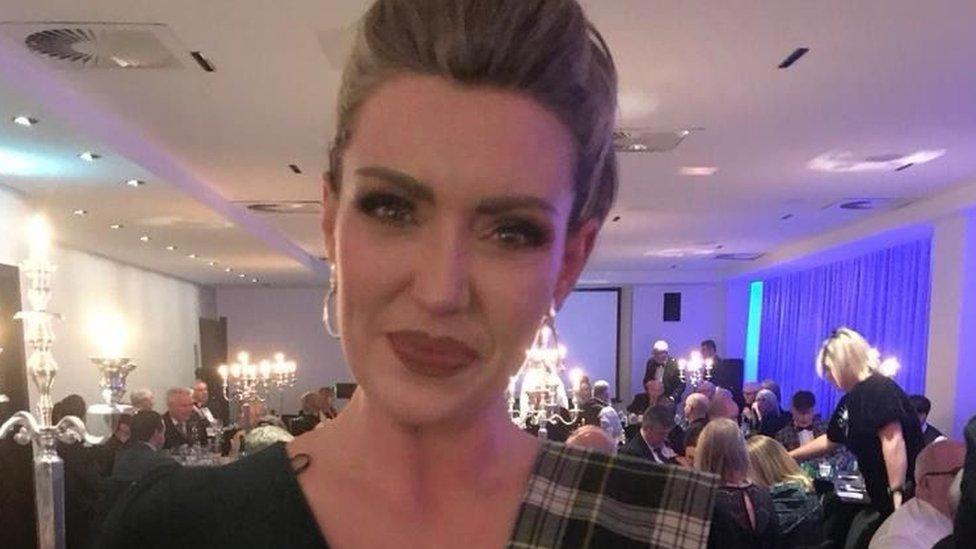The women taking their place at the Burns night top table
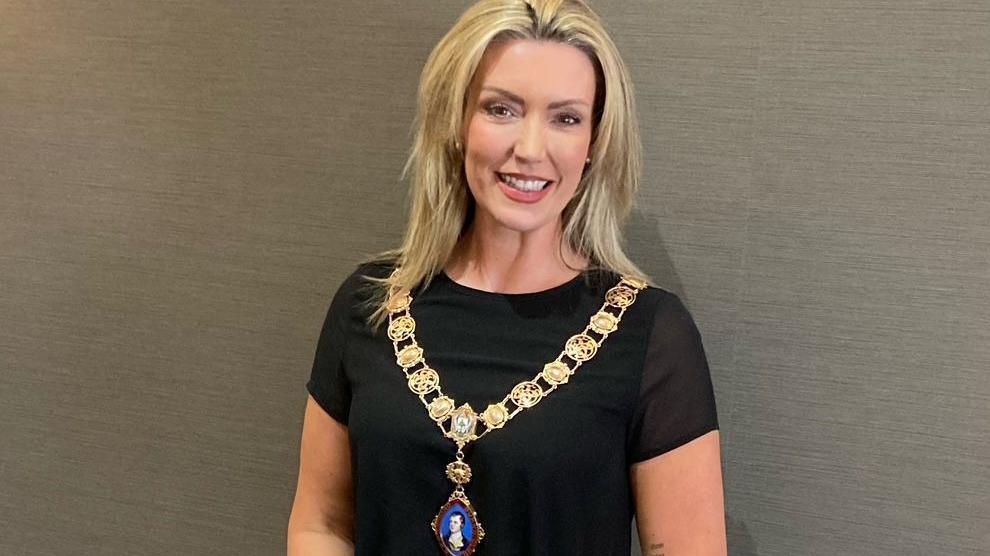
Kerry Burley has performed at Burns suppers for 30 years
- Published
Burns suppers have traditionally been a male-led event but women are trying to bring a new spirit to the Bard's big night.
"Robert Burns was a massive fan of women," says Kerry Burley, the president of Sandyford Burns Club - although many might argue his treatment of them is mixed to say the least.
Scotland's national bard was renowned for his numerous love affairs, fathering at least 12 children with four women.
However, many of his most famous poems were inspired by these relationships and he even wrote a declaration on women's rights in 1792.
Ms Burley admits Burns' attitude to women was complicated.
"He fell in love with many of them, knocked many of them up, but he also wrote a poem on the rights of women before Mary Wollstonecraft - so he was quite a feminist for his day," she says.
"His message was really one of a kind of overarching humanity - equality, regardless of sex or gender."
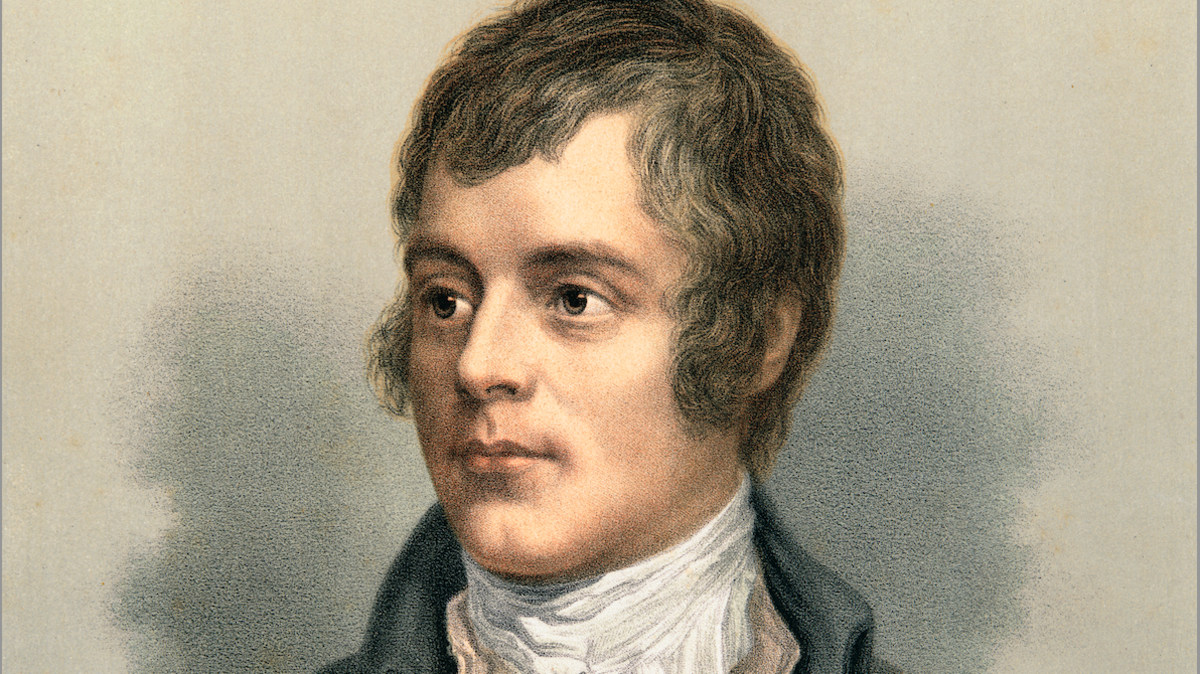
Robert Burns is renowned for work such as Tam o'Shanter and The Selkirk Grace
The Ayrshire poet and lyricist died in 1796, at the age of 37, but he is still regarded as the most prominent poet to have written in the Scots dialect.
Every year on 25 January people around the world gather to eat haggis, drink whisky and celebrate his work.
But despite his life and work revolving around women, the Burns supper has stubbornly remained a mostly male event, with the toasts and poems performed by men.
This is something that Ms Burley's Burns club is trying to change, by hosting the largest ever Burns supper led by women.
She says: "The people Burns loved most were women, so we deserve a seat at the top table."

The Immortal Memory and Address to a Haggis are two of the main parts of a Burns supper
There are 131 affiliated Burns clubs in Scotland, according to the Robert Burns World Federation.
Many now allow people of any gender to become a member, although a very small number remain men-only, or "stag clubs".
Despite more women becoming involved in Burns clubs in recent years, the top table at Burns suppers still tends to be predominantly occupied by men.
Ms Burley says: "I've spoken at a lot of Burns suppers where I'm the token female.
"Things like The Immortal Memory (the main speech of the evening) are not generally done by women.
"Women tend to get rolled out just to do the reply to the Toast to the Lassies."
This year, five of the six people at the top table of The Sandyford Burns Club supper are women.
Ms Burley says that although the club is trying to make the point that "Burns is for absolutely everybody", the female top table is not "tokenistic".
She says: "The fact they are wearing heels and lipstick doesn't make a difference.
"They genuinely are the best speakers I know - they just happen to be women as well."
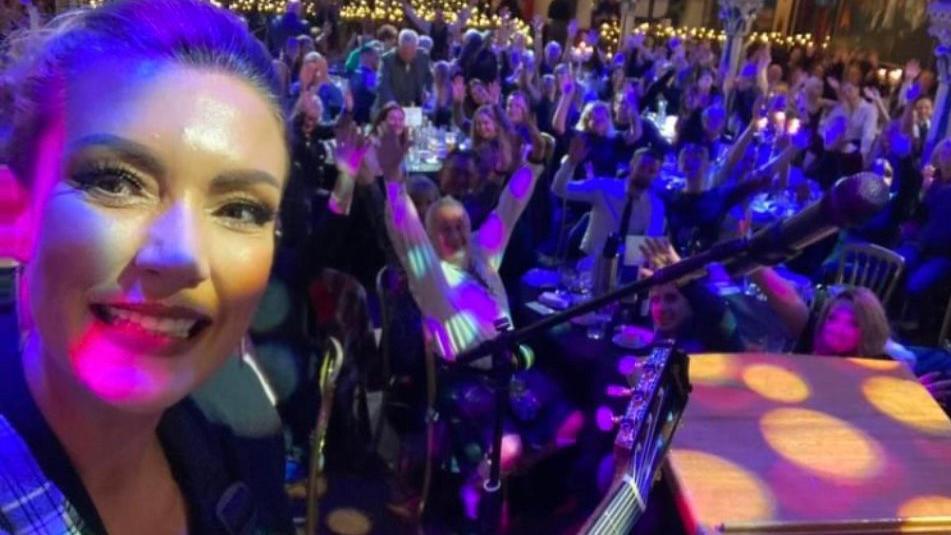
Kerry says that Burns's poetry is as relevant today as it was 200 years ago
Ms Burley hopes that her pioneering dinner will "set an example" and attract a more diverse audience to the Burns circuit.
She says: "Burns was entirely in favour of anybody living their lives the way they wanted to and we're trying to bring him to marginalised groups to let them realise that."
She says that improved inclusivity is also essential to ensure that Burns's legacy does not die out.
"There's not many Gen Z folk who are up for a formal dinner, so we have to reimagine things and shift the paradigm a wee bit," she says.
"Getting women, young people and marginalised groups involved is very important because Burns's message is one of universality and humanity."
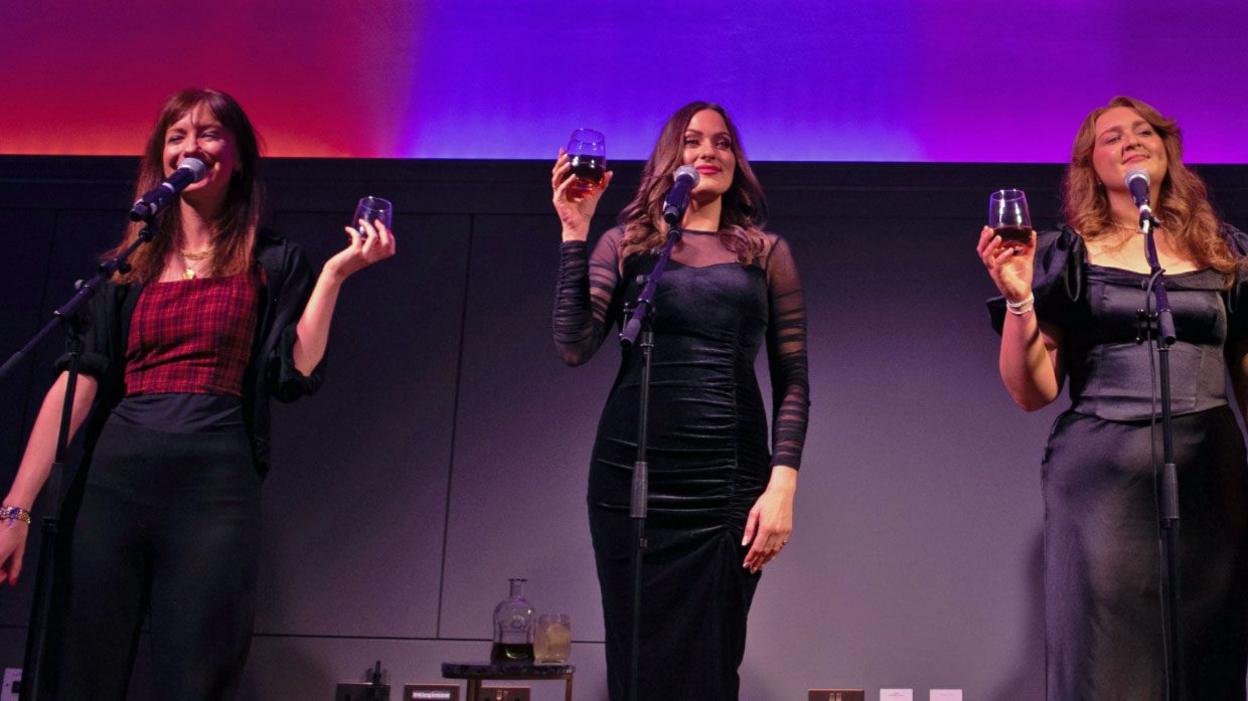
"She Burns" is performing at multiple venues in Edinburgh around Burns night
Sandyford Burns Club isn't the only Burns group challenging tradition.
"She Burns" is an all female performance group who are aiming to share Burns's poetry and legacy but with a "modern", "more inclusive" twist.
The show follows the women as they attempt to conjure the spirit of Robert Burns in the hope his poetry may be able to help them understand the world.
However, they end up conjuring the women involved in Burns's life instead, such as his wife Jean Armour, and explore their stories through a mix of their own words and the words of Burns.
The group ranges in age from mid-20s to early 40s and is made up of writer Sarah MacGillivray, Nicola Alexander, Lori Flannigan and Eilidh Hughes.
"The women in Burns's life don't get the recognition for being there for him and helping to inspire so much of his work," Eilidh says.
Nicola adds: "We know that Burns has such rich music and poetry that we we want to explore, but we also want to make it more modern and inclusive and include the women there with him at the time."
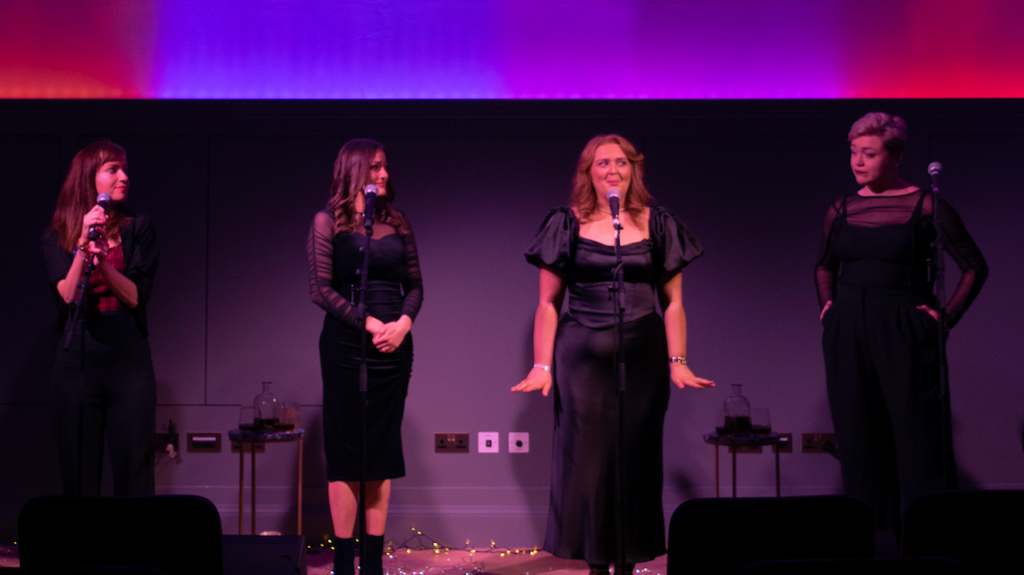
"She Burns" hope their modern take on Burns will inspire new generations
"She Burns" has modernised some of Burns's poetry, and the show's musical director Nicola has composed her own music to accompany the modern verse.
The group think that these changes will inspire younger audiences.
Eilidh says: "Older generations can gate-keep Burns and say 'it needs to be this way, you can't swap and change the verses or the songs'.
"Doing things in a new way means that younger generations can come in and resonate with it and enjoy it, otherwise it may end up burning out."
Sarah adds: "We absolutely respect the traditional way of doing things - it's just exploring other ways as well.
"New and old can exist together quite happily."
Despite the changes, the group think that Robert Burns would enjoy the show.
Sarah says: "We think he'd approve of us mixing things up a little bit - we feel it's very much in the Bard's spirit."
- Published25 January 2024
